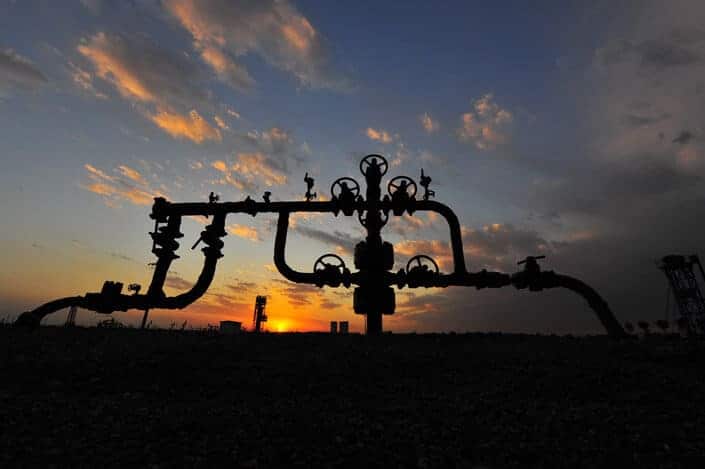The bulk of methane emissions in the United States can be traced to a small number of “super emitting” natural gas wells, according to a new study.
“We’re finding that when it comes to natural gas leaks, a 50/5 rule applies: That is, the largest 5 percent of leaks are typically responsible for more than 50 percent of the total volume of leakage,” said study co-author Adam Brandt, an assistant professor of energy resources engineering at Stanford’s School of Earth, Energy & Environmental Sciences.
The findings, published online in the journal Environmental Science & Technology, could lead to more efficient strategies for sampling emissions and fixing the most significant leaks, said Brandt, who is also a senior fellow at Stanford’s Precourt Institute for Energy. By focusing on finding and fixing the biggest emitters, companies can significantly reduce the amount of methane leaking into the atmosphere.
A bridge fuel
Natural gas is playing an increasingly important role in meeting U.S. and global energy needs and could serve as a “bridge fuel” for countries as they transition from fossil fuels to renewable energy resources. But natural gas consists predominately of methane, so even small leaks from natural gas wells can create large climate concerns because methane is a potent greenhouse gas – it’s about 30 times more effective at trapping solar heat than carbon dioxide over a 100-year period.
For the new study, Brandt and his colleagues analyzed approximately 15,000 measurements from 18 prior studies of natural gas leaks from across the U.S. using a statistical technique called extreme value theory, which is useful for analyzing infrequent but highly consequential events.
“Extreme value theory has been used to study everything from major flood events to crop losses brought on by drought and stock market crashes,” Brandt said. “In all of these cases, infrequent events really drive a lot of decision-making and expenditure or have big economic consequences. We are the first to apply this technique in a formal and rigorous way to natural gas leaks.”
Applying extreme value theory to the 18 studies revealed that a few outsized leaks were responsible for between 40 and 90 percent of the emissions. “Other studies have indicated that methane emissions follow a so-called ‘heavy-tailed’ distribution, but what we’re saying is that this pattern is widespread and even more extreme than previously thought,” Brandt said.
Low hanging fruit
The findings suggest that super-emitters represent low hanging fruit for methane reduction efforts. “If companies can identify and fix the leaks in a small number of top emitters, that will go a long way toward reducing methane emissions in the U.S.,” Brandt said. “The challenge will be coming up with methods that allow you to find the big leaks as quickly as possible.”
Fortunately, the findings also suggest that super-sensitive leak detectors won’t be necessary to have an impact on reducing emissions. “Because large leaks are such an important contributor to the problem,” Brandt said, “we may be able to use less-sensitive but cheaper detection technologies and still find the majority of problem leaks.”
Other co-authors on the study, “Methane leaks from natural gas systems follow extreme distributions,” are Garvin Heath from the National Renewable Energy Laboratory in Golden, Colorado, and Daniel Cooley from Colorado State University in Fort Collins.

